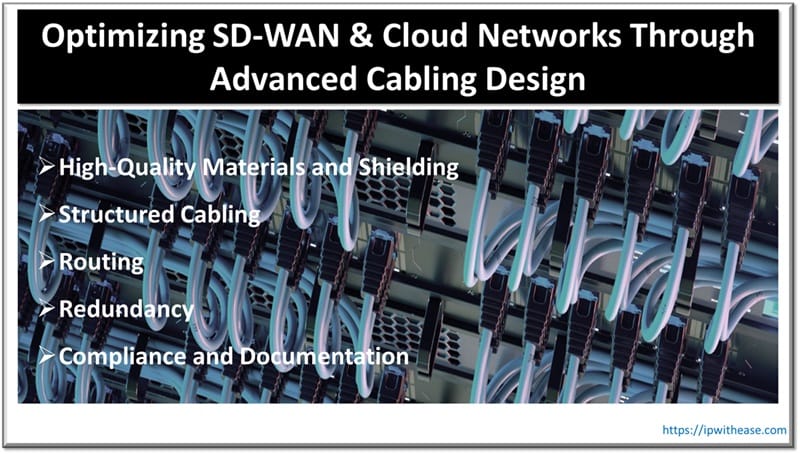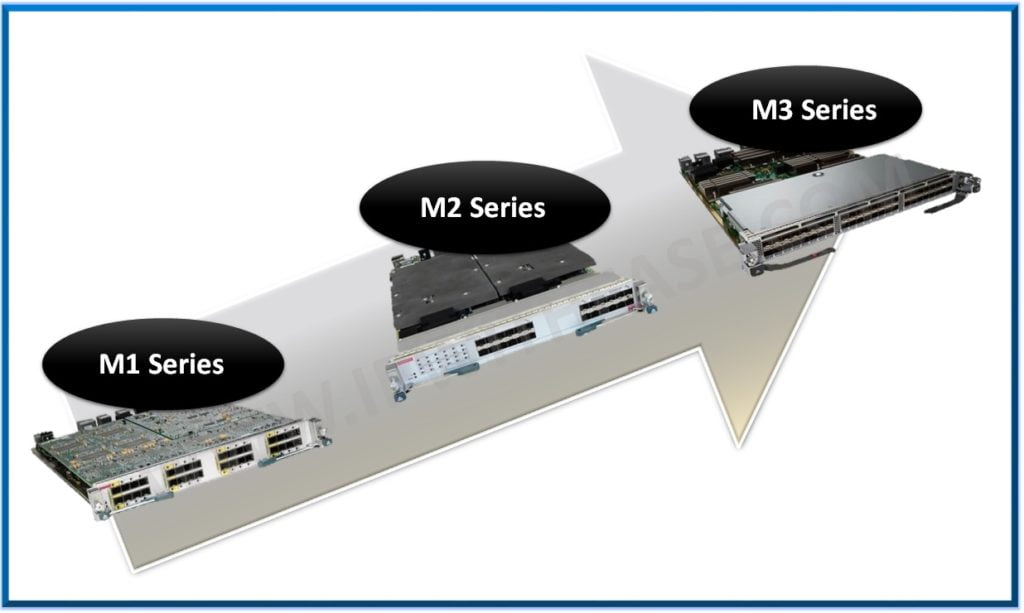Table of Contents
Introduction
We talk a lot about SD-WAN, cloud-native apps, and edge computing. But here’s the thing, none of that works without the physical layer, or the cables. The stuff you don’t see but absolutely rely on.
It’s easy to forget that all those blazing-fast data transfers and seamless cloud experiences are still grounded in something very physical. And if that foundation’s shaky? Everything else wobbles too.
Cabling design isn’t just about plugging things in. It’s about how those connections are laid out, labeled, shielded, and routed. It’s the difference between a network that just works and one that constantly hiccups.
When your physical layer is solid, SD-WAN can effectively make smart, real-time decisions about where your data should go. But if your cables are a mess? Even the smartest software can’t save you.

What Makes Cabling Work Well
Cabling only works when it is done following certain principles. Therefore, taking a blind or unstructured methodology could only lead to subpar results. Here is a detailed breakdown of some of the leading principles that could help entities manage cable effectively.
High-Quality Materials and Shielding
Let’s start with the basics. The actual cables matter a lot. Copper’s still around, like Cat6A or Cat7, and they’re great for short distances. But if you’re moving serious data across a building or campus, fiber’s the way to go. It’s faster, cleaner, and doesn’t care about electromagnetic noise.
Shielding is another big one. In a crowded data center or an open office with a dozen power lines running nearby, poor shielding can wreck your signal. That’s where quality comes in.
An OEM wire harness manufacturer can play a crucial role here, providing well-engineered cabling solutions that hold up under pressure, resist interference, and maintain signal integrity over time. That’s not just good for performance. It’s good for your budget, too.
Structured Cabling: Order in the Chaos
Ever walked into a server room and seen spaghetti? That’s what happens without structured cabling. A proper system brings order. It’s layered, labeled, and logical. You’ve got entrance facilities, backbone cabling, horizontal runs, all doing their part.
Therefore, when SD-WAN is juggling traffic from remote offices, cloud apps, and local servers, that physical order makes the digital chaos manageable. Structured cabling also makes life easier when things go wrong. You can trace a problem. Fix it fast. No guesswork. No downtime. Just clarity.
Routing: Not Just for Packets
Cable routing isn’t glamorous, but it’s crucial. Poor routing leads to tangles, blocked airflow, and overheated gear. Good routing? It keeps things cool, clean, and easy to maintain.
It starts at the design phase, where trays, conduits, and raised floors define the flow. And it pays off every time a tech needs to trace a line or add a new device.
It’s also about safety. Loose cables are trip hazards. Overloaded bundles are fire risks. Clean routing isn’t just efficient, it’s responsible.
Redundancy: Because Things Break
Let’s be honest, stuff breaks. Cables get cut. Switches fail. Power flickers. It’s not a question of if, just when. That’s why redundancy isn’t some fancy add-on. It’s survival. Dual uplinks, backup switches, ring topologies, they’re not overkill. They’re what keep everything running when something inevitably goes sideways.
When one path drops, another kicks in. No drama. No downtime. That’s the kind of environment SD-WAN thrives in. It’s built to adapt, to reroute on the fly. But it can only do that if the physical infrastructure gives it options. No alternate path? No reroute. Just a dead end.
Redundancy also helps with load balancing. During peak hours, when traffic spikes and everyone’s online at once, it spreads the load. Keeps things moving. No bottlenecks. No buffering. Just smooth, steady flow.
Compliance and Documentation: The Unexciting Essentials
Nobody gets excited about compliance. Or documentation. But they’re the quiet heroes of any network. Standards like TIA/EIA and ISO/IEC aren’t just alphabet soup; they’re the rules that keep your setup from turning into chaos. Stick to them, and your cables will play nice with your hardware. Skip them, and you’re in for a world of weird bugs and compatibility issues.
And then there’s documentation. It’s boring until it’s not. Until something breaks and you need to know what’s plugged in where. Or when a new tech joins the team and needs to figure out what everything is. Good documentation saves hours. Bad documentation? That’s how you end up tracing cables by flashlight at 2 a.m.
End Note: Build It Right, or Pay Later
A strong network doesn’t start with software. It starts with structure. With cables that are chosen carefully, routed cleanly, and documented properly, the system operates efficiently. When the physical layer is solid, everything else just works better. Data flows smoothly. Apps stay online. Expansions don’t turn into headaches.
And as networks keep evolving, with more cloud, more edge, and more everything, the ones built on a reliable physical foundation will be the ones that last. Not just faster. Smarter. Stronger. Ready for whatever comes next.
ABOUT THE AUTHOR
IPwithease is aimed at sharing knowledge across varied domains like Network, Security, Virtualization, Software, Wireless, etc.



